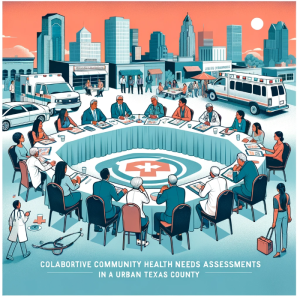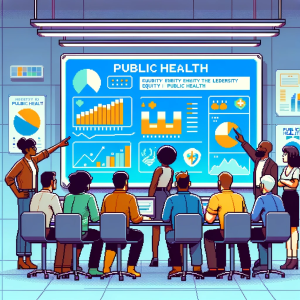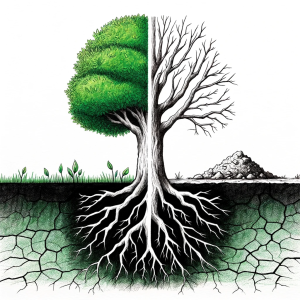
Demystifying Economic Theories: How Labor, Technology, and Inequality Shape Our Society
Have you ever wondered what drives the economic roller coaster of our society? A recent study published in PLoS ONE by Oana-Maria Georgescu peels back the layers of a theory that tried to explain this—only to find that reality is quite different from what was expected.
The theory, known as the structural-demographic theory (SDT), makes three big predictions about industrialized societies like the United States. It was thought that too many workers in the labor market would cause wages to fall, that this labor oversupply would lead to an increase in elite individuals but decrease their income, and finally, that all of this would lead to political instability. Georgescu decided to test these predictions using data from the U.S.
Surprisingly, the study found that the SDT doesn’t hold water when applied to the U.S. economy from 1948 to 2020. Instead of labor oversupply, it turns out that automation (think robots and AI) is the main factor changing the job market and influencing wages—not an abundance of workers. The study also pointed out that elite incomes actually rose, contrary to what the theory predicted, and the expected rise in political turmoil due to elite overproduction just wasn’t supported by the evidence.
This leaves us with a critical takeaway: the push and pull of technological change, globalization, and changes in labor market rules (like union strength and minimum wage laws) are more influential than simply having too many workers. These factors drive wage inequality and can affect political stability.
So, what does this mean for policy? Rather than limiting education to prevent an oversupply of graduates, as the debunked theory suggested, it might be wiser to invest in education to match the pace of technological advancement. This could help reduce inequality and stabilize our political landscape. Additionally, understanding that technology and globalization are major players can guide us to craft better laws and policies that ensure the benefits of economic growth are shared more evenly.\
By understanding the actual drivers of our economy, we can craft policies that promote health equity and create a fairer society for all. Read the full article here: The structural-demographic theory revisited: An empirical test for industrialized societies.
Stay on Top of Public Health News about Health Equity.
Join our growing family of active citizens by subscribing to “This Week in Public Health,” your free, weekly newsletter. Stay informed with the latest in community health initiatives, breakthroughs in participatory research, and updates on local advocacy efforts that matter to you. Each issue is packed with insights, tips, and opportunities to make a difference. Don’t miss out on the conversation shaping our community’s future. Sign up now and be part of the movement towards a healthier, more vibrant community!



